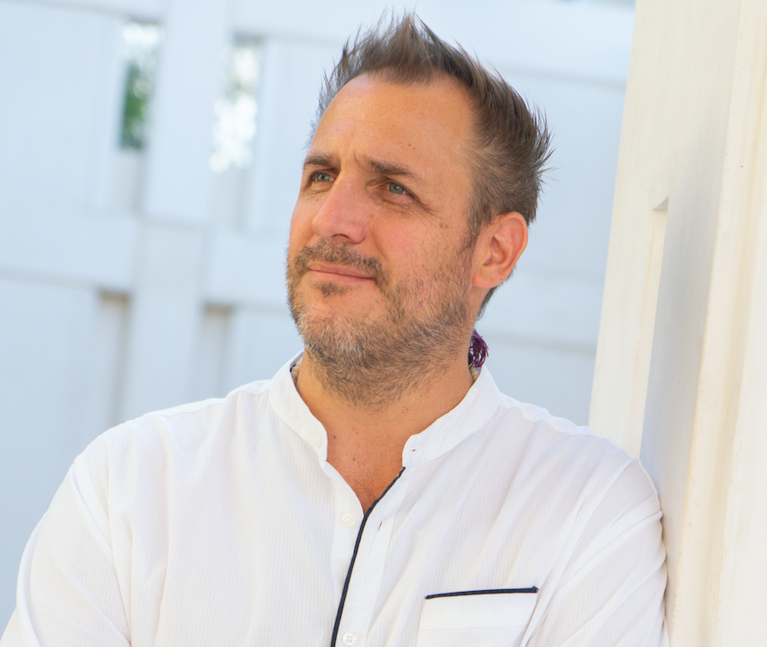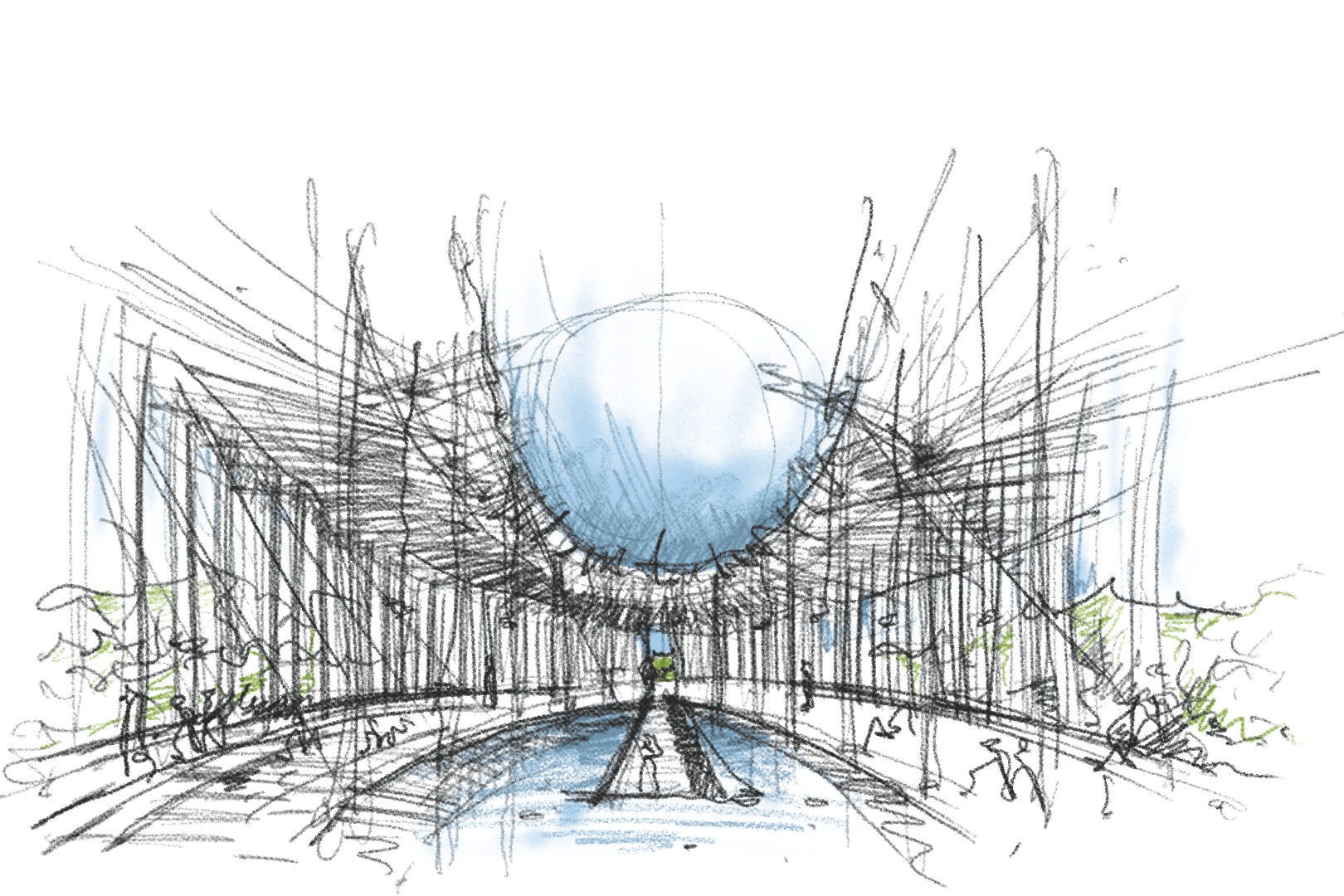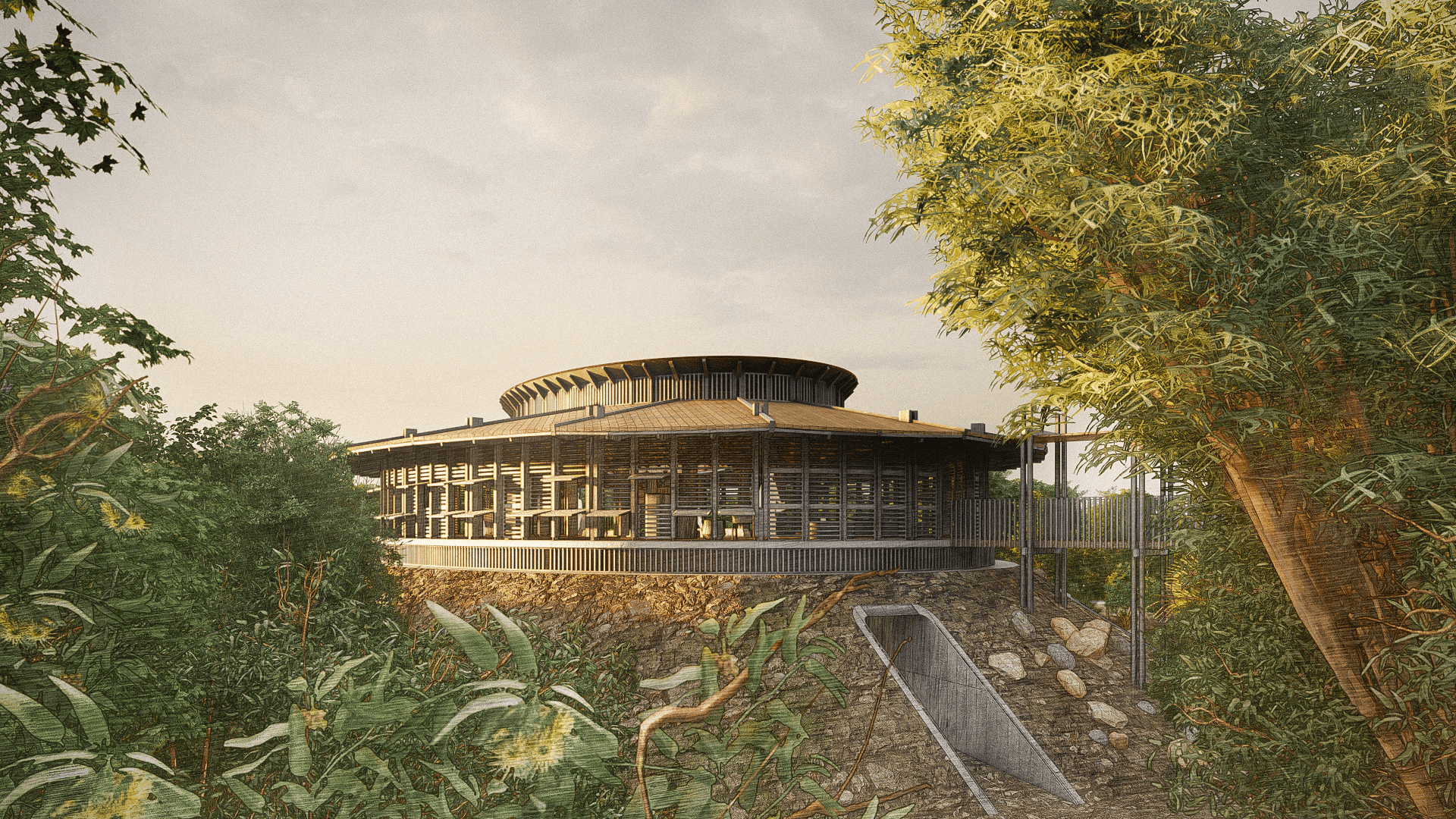Gustavo Carmona founded MATERIA, a design studio with a unique architectural style based in Mexico City with global practice. He is interested in architecture as a generator of experiences through carefully crafting and understanding materials, 'Atmosphere Detailed.' He leads a proactive team committed to a design philosophy and a practice based on creativity, high technique and adaptability. In the following interview, we spoke to Gustavo about his vision.

His current portfolio includes high-end residential, hospitality, cultural buildings, historic renovations, workplace, mixed-use and high-end retail. Project locations range from Mexico to Portugal, the United States, Puerto Rico, Brazil, Panama, Chile, Colombia and the Caribbean Islands. We are thrilled to work with Carmona on our showroom and a few more projects soon to be disclosed at Tulum 101. We greatly value contemporary Mexican talent and its leading figures in shaping the future of our little beachside town. He's what he had to say about all this:
Tell me a little about your architectural style; how would you define it?
I'm not very interested in the idea of finding an architectural style, since it implies superimposing ego and personal image on architecture over other more important factors that give it meaning. I believe more in an agenda or attitude towards design that has to do with the link between constructive assemblies and the generation of atmospheres and rituals. This brings, as a consequence, the possibility of diverse languages and materialities that speak of the place, the materials and the trades. Light, time and detail are recurring themes in our projects, regardless of their style.
What was the inspiration to form MATERIA? What was missing, for you, in the industry?
The firm was born with a dream of forming a platform to support the development of a philosophy and the people who make it up. It is difficult to know what is missing in an industry, and it is also very difficult to understand one's own personal practice of architectural style. After many years, one begins to understand and discover common threads between the projects and their ideas, and that begins to make sense. Today, I know that we are interested in contributing projects that generate relevant places and experiences, which we call "Detailed Atmospheres."

You have said that you love the possibility of transforming matter into spaces and places that communicate something deeper than the superficial. How do you see nature within what is 'matter'? What is the importance of an eco-conscious approach?
Making architecture is, in itself, a violent act. We transform the environment forever. The awareness of ecology and sensitivity to nature must now be fully integrated into our architectural style and design decisions; it is already a basic responsibility. Not only in what we choose to build spaces but also in the processes of transforming the material, its useful life and the relationship that its use will have with the various contexts.
Architecture is one of the plastic arts that has daily interaction with humanity, so it has an enormous responsibility to the human beings and to our surroundings. It's the only one of the arts with a pragmatic aspect, it is tremendously objective in many aspects and enormously subjective in others. It seems to me that this distances it from being a pure "art", it seems to me that it is undoubtedly the most complex of the arts. I see architecture as a craft and architects more as craftsmen than as artists. The craftsman understands perfectly the need, the problem to be solved and the rationality of the function. He can also work on the material and his craft so that the experience of such pragmatic use is "elevated" to a ritual and sensory experience. Easily understood with objects, architecture is space, but logic is no different.
How has Mexico, and the capital, shaped your architectural style, and how does it continue to influence it?
I had never wondered about that. Interesting.
Mexico (City) has given me vitality and exposure to diverse discourses and exercises around making a city and design itself. Also, the possibility of creating my team and work culture. But I think it is the accumulation of travels and experiences that add up in life or add to creative intuition. Observing deeply gives me many lessons in any place and context.

Mexico has several eras of emblematic architecture. In your opinion, what distinguishes the contemporary Mexican architectural style, and how will it carry the legacy of this era?
I think that there was a break with styles in the 1990s when I was a student. Until then, groups of architects were almost determined by the political six-year term. The modernists, the "Mexicanists", the rationalists... New expressions emerged, and the conversation was opened to different generations and spheres. Today in Mexico, there is a heterogeneous mix of design practices that, I think, are rich and healthy. That makes it distinctive.
You have worked a lot in Mexico City, but also in Mérida and a bit in Quintana Roo. How does the Riviera distinguish itself in its architectural style? What are the highlights of designing and building in the Riviera considering the history, raw materials, nature (between the jungle and the sea), climate, etc.?
Within the Yucatan Peninsula itself, many different design strategies are closely linked to the types of development of the cities and the culture that precedes them. I believe that today we need to provide more sensitive, less invasive developments that force us to better understand the conditions of the place. We need projects that are not in such a hurry, and that take time to mature with the surrounding place.



.jpg?width=400&name=pexels-iglp11-13356955%20(1).jpg)
